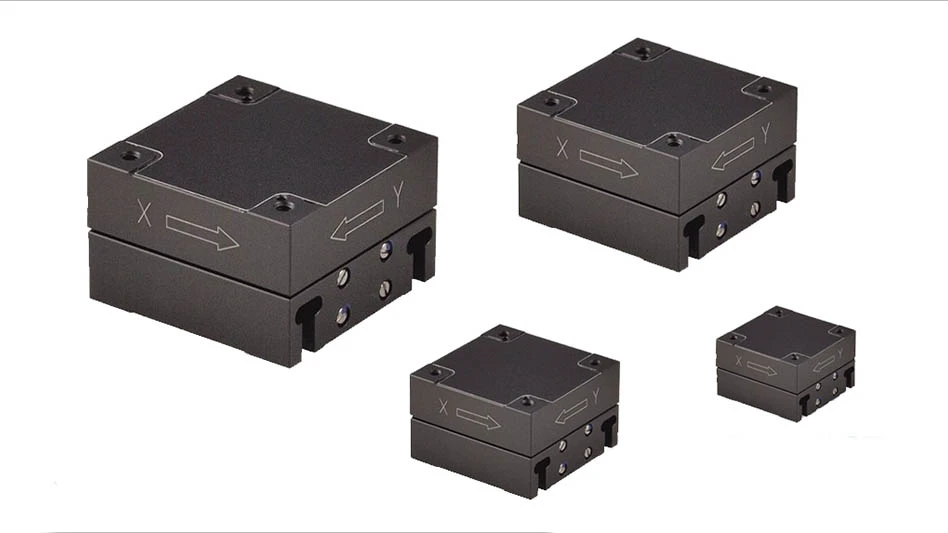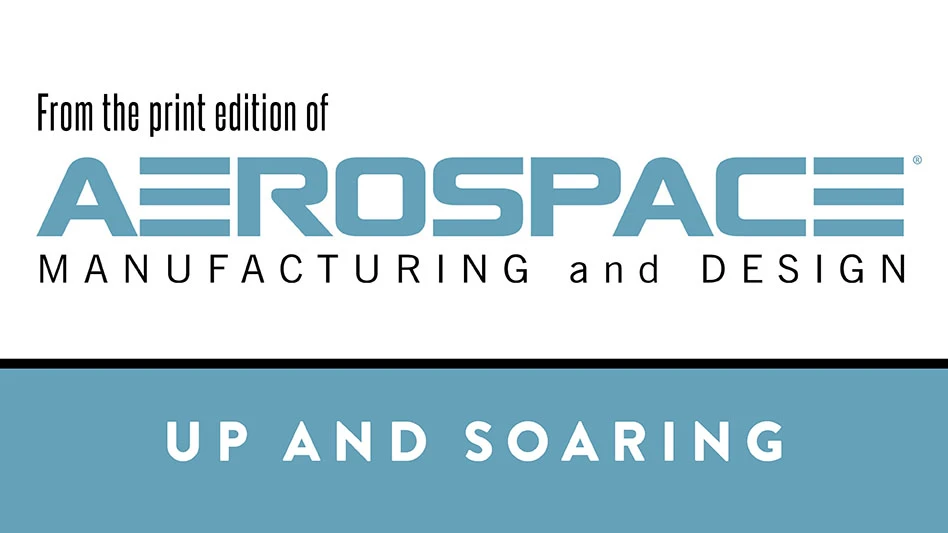Nanocoatings claim to have the potential to replace conventional coatings because of their unique properties and predicted environmental friendliness. They seem to be the ideal solution for overcoming numerous challenges faced by the aerospace and defense industries. However, it is important to take a closer look at these nanocoatings to determine their potential for market penetration. This is especially applicable to the aerospace industry because of the regulatory issues and technical hurdles faced at high altitudes.
Analysis from Frost & Sullivan http://www.technicalinsights.frost.com, Nanocoatings in Aerospace Applications, finds that several research studies undertaken in the recent past have shown mixed results on the negative effects of nanotechnology. Regulatory bodies across the world are striving to develop an extensive risk assessment model that could fit in the risk-related studies of all nanomaterials.
"There is a pressing need to balance innovative ideas and existing technical know-how owing to the risk factors involved," notes Technical Insights Research Analyst Tejaswini Prabhu. "Hence, R&D management in the field of aviation nanocoatings is critical; the funding, technical expertise and product development processes have to be carefully planned out."
Aerospace nanocoatings might be the primary alternative to chrome plating. They play a major role in thermal barrier, icephobic and protective coatings. A combination of more than one of the properties in a single nanocoating product is a trend. For instance, most chrome-alternative nanocoatings offer additional properties such as heat resistance.
Global nanotechnology initiatives have contributed to the growth of aerospace nanocoatings. Funding from governments and involvement of nations' defense and space industries have contributed to more than half of this growth.
Observations reveal that the focus of research is shifting toward the safety aspect of nanomaterials in terms of size and toxicity. This is likely to lead to changes in the existing nanotechnology regulations. As nanocoatings are predicted to contribute to the safety of aircraft and spacecraft, such changes in regulations are likely to affect the future prospects of the aerospace nanocoatings market. Despite the increase in the number of application areas of aerospace nanocoatings, funding has considerably decreased.
"Concerns over the possibility of penetration of nanoparticles into the human body have triggered debate," says Prabhu. "Hence, alternative surface technologies for aerospace applications such as composite tooling and new materials for surfaces are simultaneously being researched."
In the long run, these new materials are likely to compete with aerospace nanocoatings. Overall, nanocoatings are safer than the existing coatings, as they emit lesser volatile organic compounds (VOC) and employ thermal spray and diamond-like technologies, which are non-hazardous when compared to electroplating chrome technologies and organic paints. Hence, researchers must develop new nondestructive testing facilities in every stage applicable to laboratories, manufacturing units and aerospace companies. The nanomaterials should also be certified safe by reputed testing companies.
Nanocoatings in Aerospace Applications, a part of the Technical Insights subscription, analyses the major drivers and challenges involved in the adoption of aviation nanocoating technologies. Further, this research service includes detailed technology analysis and industry trends evaluated following extensive interviews with market participants.
Latest from Aerospace Manufacturing and Design
- Talking machine tools with the professionals who build them
- Tools and strategies for improving your machining processes
- America Makes announces QTIME project call
- Innovation meets precision for 40% faster machining
- Upcoming webinar: Pro tips from a supply chain strategist
- Heart Aerospace relocates to Los Angeles
- Fixtureworks introduces Stablelock Clamps
- Piasecki acquires Kaman's KARGO UAV program





